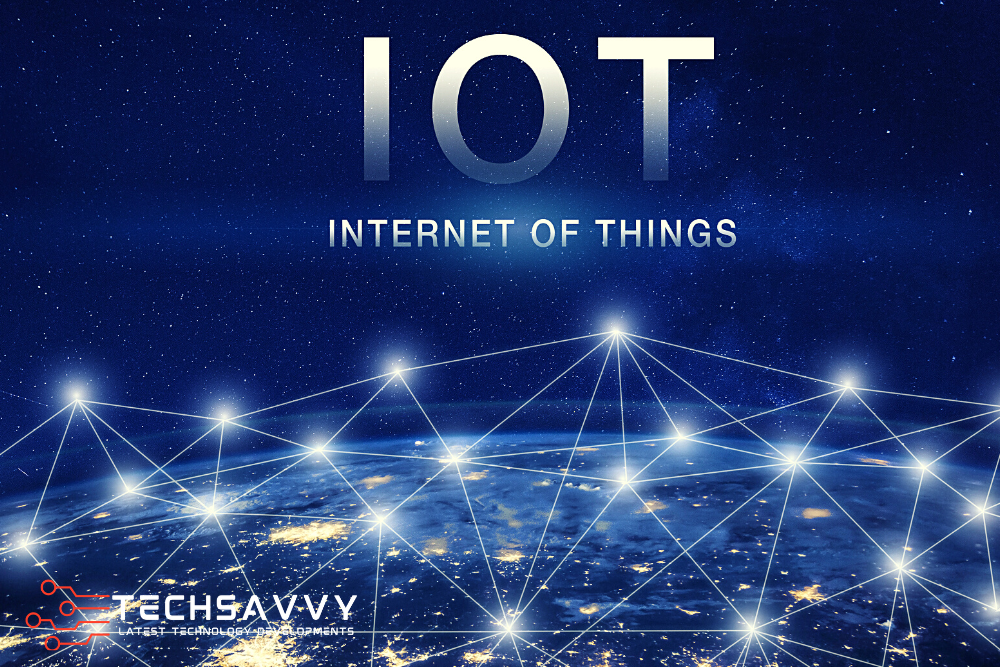Explain the concept of Internet of Things (IoT)?
 |
| the concept of the Internet of Things (IoT) |
The Internet of Things (IoT) has revolutionized the way we interact with technology and has opened up a world of possibilities for how we live, work, and play. IoT refers to the growing network of physical devices, such as smartphones, appliances, and vehicles, that are connected to the internet and can collect and share data. As the number of connected devices continues to rise, the potential for IoT to improve our lives and drive innovation is immense. However, with this increased connectivity comes the need for effective security and data management, as well as the consideration of societal and ethical implications.
In this article, we will explore the most pressing research questions in the field of IoT, including how to secure IoT devices, the most promising applications and use cases, data management, interoperability, and more.
How can we effectively secure IoT devices and protect them against cyber-attacks?
With the increasing number of connected devices, the potential for cyber-attacks has also risen. Hackers can potentially gain access to sensitive information, such as personal data and financial information, through unsecured IoT devices. To combat this, researchers are working to develop more secure protocols for IoT devices, such as secure boot and secure firmware update, as well as implementing more robust security measures, such as multi-factor authentication. Additionally, researchers are exploring the use of blockchain technology to improve the security of IoT systems.
Read Also: The Impact of IoT on Smart Home Security, Energy Efficiency, and Convenience
What are the most promising applications and use cases for IoT technology?
IoT can potentially improve a wide range of industries, including healthcare, transportation, and manufacturing. In healthcare, IoT devices can be used to monitor patients remotely and improve the efficiency of healthcare delivery. In transportation, IoT technology can be used to improve traffic flow and reduce accidents. In manufacturing, IoT can be used to optimize production processes and improve supply chain efficiency. Additionally, researchers are exploring the use of IoT in agriculture, such as using sensor networks to monitor crop growth and soil conditions.
How can we effectively manage and analyze the large amounts of data generated by IoT devices?
As the number of connected devices continues to rise, so too does the amount of data that is generated. This data can be used to gain insights and improve decision-making, but it can also be overwhelming to manage and analyze. Researchers are working to develop new techniques and tools to help manage and analyze this data, such as edge computing and distributed systems. Additionally, researchers are exploring the use of AI and machine learning to extract insights from IoT data.
How can we ensure interoperability between different IoT devices and systems?
As the number of connected devices continues to rise, it is important to ensure that these devices can work together seamlessly. This is particularly important for IoT systems used in critical infrastructure, such as healthcare and transportation. Researchers are working to develop new protocols and standards to ensure that IoT devices can communicate with one another and share data. Additionally, researchers are exploring the use of semantic web technologies to improve the interoperability of IoT systems.
What are the potential societal and ethical implications of widespread IoT adoption?
As IoT becomes more prevalent, it is important to consider the potential societal and ethical implications of this technology. For example, the increased use of IoT in healthcare raises concerns about privacy and security, as well as issues related to the use of personal data. Additionally, the increased use of IoT in transportation raises concerns about the safety of autonomous vehicles. Researchers are working to understand the potential implications of IoT and to develop guidelines and regulations to ensure that this technology is used responsibly.
How can we use AI and machine learning techniques to improve the functionality of IoT systems?
AI and machine learning can be used to improve the functionality of IoT systems in several ways. For example, AI can be used to improve the efficiency of data analysis and decision-making, while machine learning can be used to optimize the performance of IoT devices. Additionally, researchers are exploring the use of AI-powered IoT devices that can learn from their environment and adapt to changing conditions.
What are the technical challenges that need to be overcome to enable further growth of IoT?
Despite the many benefits of IoT, several technical challenges need to be overcome for this technology to reach its full potential. For example, there is a need for more efficient and reliable data transmission and storage methods, as well as the need to reduce the power consumption of IoT devices. Additionally, researchers are working to develop new technologies to improve the performance of IoT systems, such as low-power wireless networks and ultra-low-power processors.
The Internet of Things (IoT) has the potential to revolutionize the way we live, work, and play. However, as the number of connected devices continues to rise, it is important to address the most pressing research questions in the field of IoT. These include how to secure IoT devices, the most promising applications, and use cases, data management, interoperability, and the potential societal and ethical implications of widespread IoT adoption. By addressing these challenges, we can ensure that IoT is used responsibly and sustainably and that we can fully realize the potential of this technology to improve our lives.
.png)



